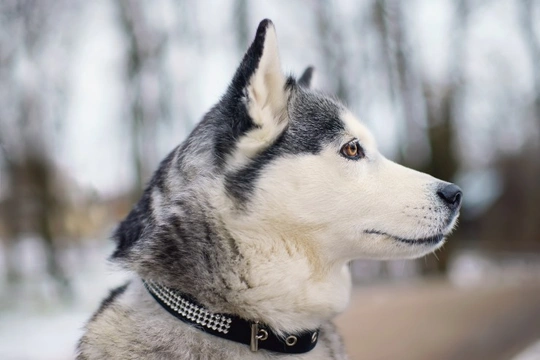
How the weather and seasons can affect your dog
Because changing weather and seasons are of course all around us at all times whether we are indoors or outdoors, we tend to not really think about them too much other than in terms of “oh it’s raining” or “oh, it’s starting to get cold.” However, the seasons and the weather itself actually have a very acute impact on a lot of facets of our lives and how we feel-and the same is true for dogs too.
In many ways, dogs are actually much better tuned in to the weather and seasonal changes than we as people are, and dogs will often be able to detect minute changes in the atmosphere and temperature that can hail the arrival of a storm or the onset of the winter months of the year, even when we as humans are not aware of them.
Different weather conditions and times of the year can have a significant impact on your dog, both in ways that are obvious and those that are more subtle-and in this article, we will look at some of the main ways that the weather and changing seasons affect dogs. Read on to learn more.
The seasons
We have fairly distinct seasons here in the UK, with the summer being lighter and warmer than the winter, and spring and autumn heralding the changing of the seasons. Each season has its own effect on your dog, although given that the seasons change gradually, this is usually something that neither you or your dog will be consciously aware of.
Both changes in the temperature and how many hours of daylight we get affect your dog, in a wide variety of ways.
During early spring, wild packs of dogs and wolves are more likely to breed than at other times of the year, which is because conception in early spring will result in a litter being born in late spring or early summer, when the temperature is warmer and food is more plentiful, making survival more likely for the pups and making it easier for the parent dogs or pack to find food.
While this effect is somewhat muted in domestic dogs, whose heat cycles are less closely connected to environmental conditions and sometimes artificially manipulated, it is still present to some extent, and most fertile bitches will go through a heat cycle in the spring or early summer.
Additionally, dogs grow in and shed their coats to match the weather conditions of the coming season, beginning to shed their heavy winter coat in the spring so that they can stay cool in summer, and again, usually shedding again in the autumn and growing in a much thicker, plusher winter coat. This effect is most noticeable in breeds with thick coats that tend to shed a lot, like the Siberian husky.
As winter approaches, dogs will also begin to become less active and potentially, eat more and hold onto weight, as their bodies attempt to build up food stores to see them through the leaner winter months. Again, this effect is muted in domestic dogs, but you will still be able to chart minor weight fluctuations in your dog throughout the year in line with this.
Dogs tend to be less active and sleep more in the winter too, due to their evolutionary development that dictates to them that they need to reserve body fat for the colder months to provide insulation, and to account for the comparative scarcity of food in the wild.
Different types of weather
Different types of weather also have different effects on your dog, in a greater sense than simply being reluctant to go for a walk in the rain! Wet and rainy weather tends to make dogs less keen to exercise vigorously, although the effect will be almost unnoticeable for very active, lively dogs-and windy or blustery weather often makes dogs particularly lively and excited.
Colder weather sees a marked slow-down in the pace of most dogs compared to ambient days, and dogs are actually at their most lively and generally, fittest, during the autumn and spring, when the weather is neither too cold nor too hot to compromise their ability and desire to exercise comfortably.
Light levels
As winter approaches and the days get shorter, dogs will sleep more than they do in the summer, because of the direct impact that levels of natural light have on the dog’s circadian rhythms. You will be able to see the evidence of this despite artificial lighting in the home-and some dogs even seem to go through a marked winter slump and mood change, much as some people with seasonal affective disorder do.
Predicting changes
Your dog’s senses are very different and in many cases, much more acute than our own, which means that they can often sense or predict a change in the weather before we do. Minute atmospheric pressure changes that take place prior to bad weather or a storm will usually be clear to your dog, and you may find that dogs that get anxious or scared during storms will begin to act out anything up to several hours before the storm itself breaks, even if the weather appears clear.
Some dogs even seem to be able to tell when it is going to rain, and may be reluctant to exercise accordingly!



